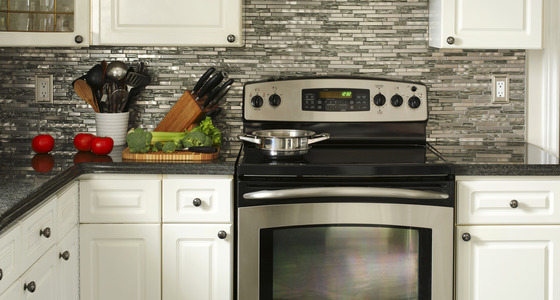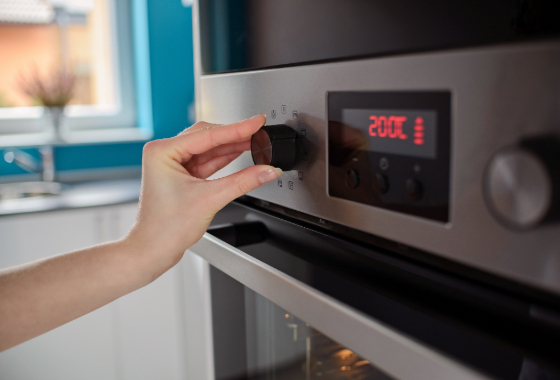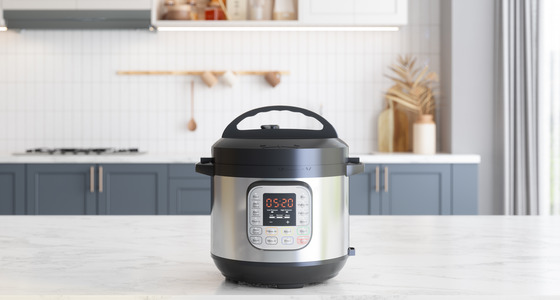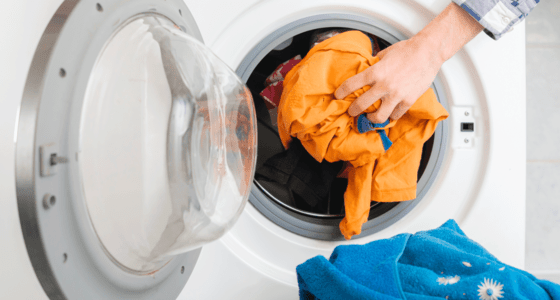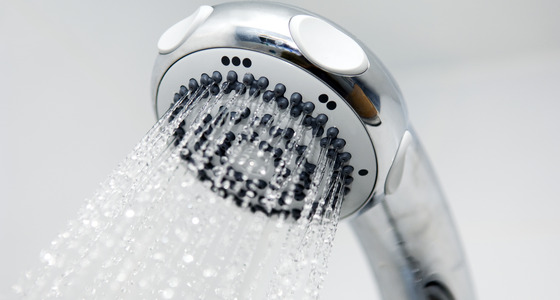Energy-saving tips for using an oven
No matter what's cooking, ovens and stoves use a lot of electricity, but there are a few ways to get the most out of them. Here are four energy-saving tips for using the oven:
- Cook multiple dishes at the same time. Get the most out of your oven and layer multiple dishes on different racks at the same time.
- Don't open the door. To check in on what you’re cooking, use the oven light. Opening the oven door means it will lose heat and have to work harder to get back up to temperature.
- Use the self-clean feature after you cook. If you need to clean the oven, plan to turn it on right after you're done cooking so the oven is already hot.
- Turn off the heat early. You can save energy by using the leftover heat in the oven to cook the last bit of your meal.
Choose an energy-efficient stove
If you're in the market for a new stove, make sure to choose an energy-efficient model that carries the ENERGY STAR® label.
Remember, there are two price tags to consider when purchasing a new appliance. There's the initial purchase price, then the annual cost to operate it.
It’s always great to nab a deal on the upfront cost, but it's arguably more important to keep the ongoing operating cost of the appliance down. ENERGY STAR ovens will keep the operating costs a lot lower throughout the lifespan of the appliance.
Check EnerGuide to compare the energy efficiency of different kitchen appliances before your next purchase.
Consider an induction cooktop
Induction cooktops transfer 85-90% of their heat to the food, compared with 65-70% for normal electric cooktops. They do this by using electromagnetism to essentially turn your pots and pans into the heating elements, rather than relying on the transfer of heat from another heating element to the pan, which then heats the food. This makes them much more efficient.
Here are some pros and cons of induction cooktops compared to standard electric cooktops.
Pros
- Highly energy efficient
- Cool to the touch after cooking
- Faster and more precise cooking
- Easier to clean
Cons
- Generally more expensive
- Requires induction-compatible cookware
- Can emit a buzz at higher settings
- Can interfere with digital thermometers
Use small appliances when you can
While these tips can help lower your electricity use when you need to use the oven or stove, you can save even more when you’re able to cook using small appliances instead. Countertop appliances such as a slow cooker, toaster oven or pressure cooker use up to 75% less electricity than the oven or stove.
